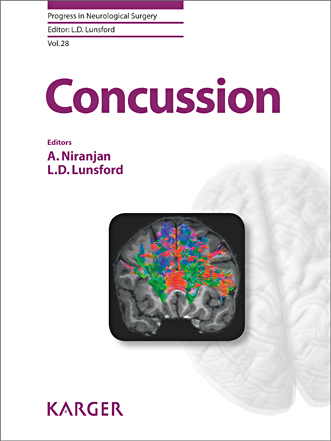It is not always ‘nothing serious’
This book surprised me. Almost immediately, I found myself underlining, and studying, as opposed to simply reading over the text for the purposes of preparing a review. I was struck by how little is still known about concussion and mild traumatic brain injury, and their possible long term sequelae; by the fact that concussion is not always such a minor injury, which may be ignored; and by the importance of a multi-disciplinary approach, and specifically the very central roles of Neuropsychologists, Neurologists and other Physicians, in the management of concussion. Reassuringly, as in most areas of clinical neuroscience, the book underlines how essential diagnosis is for determining treatment. Furthermore, the complexities surrounding the diagnosis of concussion have parallels in other areas of brain injury practice – the uses and limits of new functional brain imaging techniques as compared to the more established role of cognitive testing. On reflection, in a world where sport and conflict (with associated risks of brain injury in general and concussion in particular) are continually covered in the media, it is difficult not to be drawn in by a book that covers these issues
As a general observation about the book, it is very well written, with clear style, relatively easy for non-specialists (in concussion) to follow. This is no doubt in part thanks to chapters being kept short, with a neat abstract, and great illustrations. In places, a personal perspective on concussion (for example chapter 1) also helps to bring to life what might have become overly technical. The broad layout of the book is logical, commencing with conceptual issues and diagnostics, before proceeding to management and rehabilitation. On the downside, some of the chapters, especially the earlier ones on imaging were a bit repetitive, a fault shared by most multi-authored edited texts. At least this provided ‘free’ revision of the rather complex topics covered in those early sections!
Turning to the specifics, the biomechanical and vector effects involved in concussion were well covered and served as a stark reminder of the dangerous forces at play in head injury, and how clinicians need to understand and consider these when assessing patients. One of the most useful and fascinating concepts outlined, was that of concussion as primarily a physiological (rather than structural) injury of the brain. The implications of this point were explored, including the limits of conventional structural imaging (CT and MRI) in diagnosis. Furthermore, the physiologically injured brain may be especially vulnerable to re-injury, such that repetitive injury to the concussed brain risks chronic traumatic encephalopathy, or even Alzheimer’s disease. Accordingly, the chapters on management and rehabilitation, which include robust guidance about ‘return to play’, were quite gripping and relevant to Neurologists, Neuropsychologists, GPs, Trainers and Physiotherapists.
In summary then, this book grabbed my attention from page 1. My prediction is that most professionals will find plenty to learn within its covers, whether Neuropsychologist, Neurologist or Medic of another hue. It achieves a very good balance between basic science and applied clinical knowledge, in a compact ‘package’. The text covers many complexities and technicalities required for grounding in the basic science of diagnosis and rehabilitation of patients with concussion (who are mostly athletes or military personnel), without ever becoming an unwieldy tome. I would recommend it to clinicians and academics alike.
